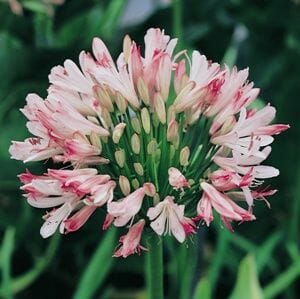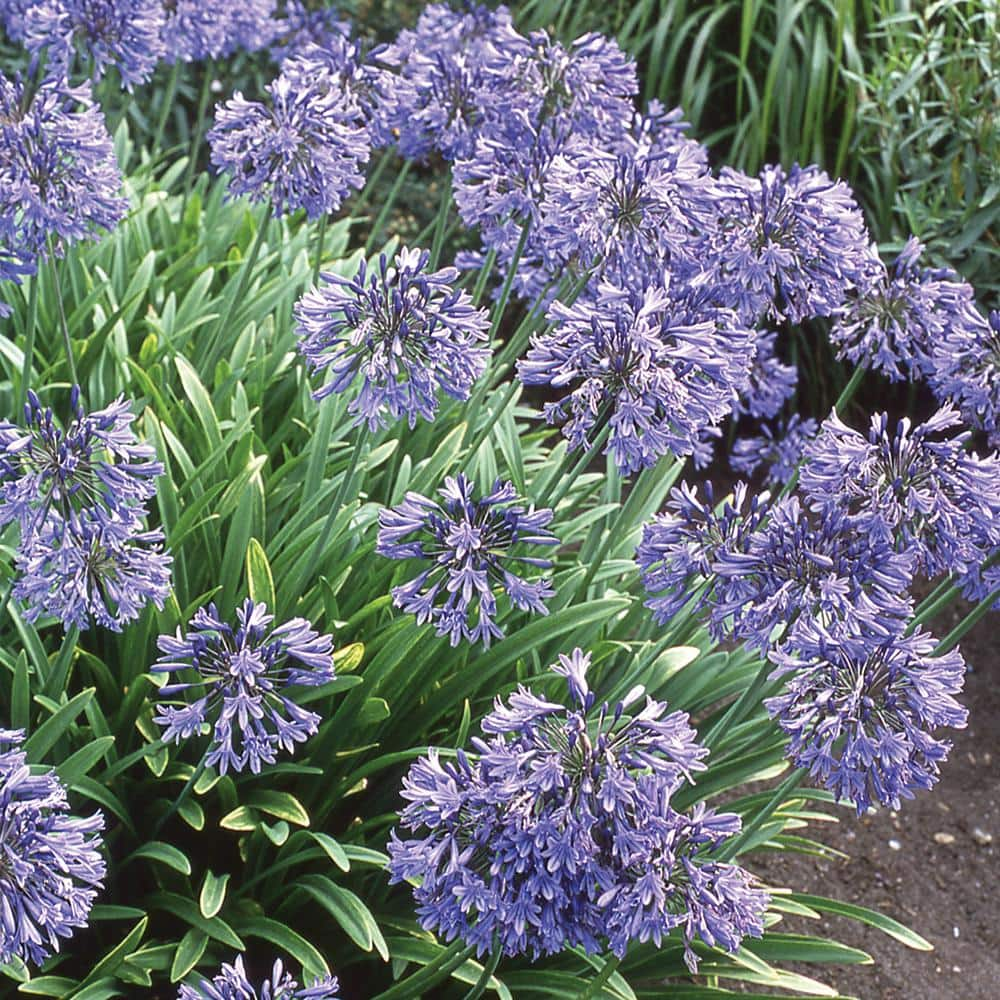Unleashing the Secret to Effective Agapanthus Cultivation: Tips and Techniques for a Flourishing Yard
In the world of horticulture, cultivating agapanthus successfully calls for a strategic approach that encompasses numerous aspects of plant treatment. With careful attention to information, one can unlock the tricks to supporting these sensational flowers, leading to a yard that grows with appeal and vibrancy. By understanding the subtleties of agapanthus farming, one can create a setting where these plants prosper and flower generously. In the adhering to conversation, we will check out vital suggestions and tricks that will lead you towards a flourishing agapanthus yard, providing understandings into best practices, soil problems, watering methods, and much more.
Planting Agapanthus: Ideal Practices
When planting Agapanthus, correct dirt preparation is vital for guaranteeing effective development and development of these beautiful flowers. Agapanthus, commonly called Lily of the Nile or African lily, thrives in well-draining dirt with a somewhat acidic to neutral pH level - Agapanthus. Prior to planting, it is crucial to modify heavy clay soils with raw material such as garden compost or peat moss to boost water drainage and provide important nutrients for the plants
To grow Agapanthus, select an area that obtains full sunshine to partial color, as this will promote healthy growth and abundant flowering. Dig an opening twice the size of the plant's origin ball and put the Agapanthus at the same depth it was previously growing. Carefully backfill the opening with soil, weighing down firmly to eliminate any air pockets around the origins.
Water the newly planted Agapanthus thoroughly and remain to keep the soil uniformly damp, specifically throughout the plant's energetic growing season. Agapanthus. Applying a balanced fertilizer once a month can even more sustain the plant's development and blooming. By complying with these ideal methods for growing Agapanthus, you can produce a sensational screen of these exciting blossoms in your yard
Ideal Soil Issues for Agapanthus
For ideal development and growing success of Agapanthus plants, making sure the soil problems are ideal is important. Agapanthus likes dirt that is abundant in nutrients, so incorporating a well balanced plant food during the expanding period can advertise healthy and balanced growth and vibrant blooms.

Watering and Fertilizing Tips
To make sure healthy growth and dynamic flowers, appropriate watering and feeding techniques are vital for successful Agapanthus farming. Agapanthus plants profit from regular watering, specifically throughout the growing season.
When it concerns fertilizing Agapanthus, a well balanced fertilizer with equal parts nitrogen, phosphorus, and potassium can be used in the spring to promote healthy development and flowering. Slow-release fertilizers are ideal for giving nutrients progressively over a prolonged period. Stay clear of over-fertilizing, as this can lead to extreme vegetation development at the expenditure of blooms.
Furthermore, incorporating raw material like garden compost right into the dirt can boost nutrient levels and boost dirt structure, assisting in the total health and wellness of the Agapanthus plants. By adhering to these watering and feeding tips, gardeners can guarantee their Agapanthus plants prosper and create sensational display screens view it of flowers.
Pruning and Deadheading Techniques
Proper pruning and deadheading strategies play a crucial role in preserving the health and aesthetics of Discover More Agapanthus plants, enhancing the important methods of watering and feeding for successful farming. Trimming Agapanthus entails getting rid of spent blossom heads, yellowing or dead leaves, and overall shaping of the plant to advertise far better development. Deadheading, the process of getting rid of faded flowers, not just enhances the plant's look yet likewise encourages more flowering.
When deadheading Agapanthus, it is suggested to trim off the blossom stem at the base using sharp, clean shears. This procedure redirects the plant's power from seed production back into origin and foliage growth, advertising a much healthier and a lot more durable plant. Regular deadheading can extend the growing duration of Agapanthus and prevent self-seeding, which can bring about overcrowding.
In terms of pruning, Agapanthus usually take advantage of a light trim after flowering to clean up the plant and motivate fresh development. Cutting down the spent flower stems and eliminating any kind of broken or dead foliage helps keep the plant's vigor and general appearance. However, it is important to prevent cutting right into the crown of the plant, as this can weaken its health.

Protecting Agapanthus From Pests and Diseases
Implementing reliable parasite and disease monitoring methods is essential to protecting the wellness and vitality of Agapanthus plants in growing. Agapanthus are usually hardy plants, however they can still succumb numerous pests and illness if not properly looked after. One typical pest that influences Agapanthus is the Agapanthus borer, a caterpillar that tunnels into the plant, this article creating damages to the fallen leaves and flowers. To avoid invasions, regular assessment of the plants is vital. If borers are discovered, they can be manually eliminated, or insecticidal soap can be made use of as a control measure.
In addition to parasites, Agapanthus are vulnerable to conditions such as root rot and fungal leaf spots. By remaining vigilant and attending to parasite and condition problems quickly, garden enthusiasts can aid their Agapanthus flourish and prosper.

Conclusion
In final thought, successful farming of agapanthus calls for proper growing strategies, suitable soil problems, sufficient watering and fertilizing, normal trimming and deadheading, and protection from insects and diseases. By following these pointers and techniques, garden enthusiasts can guarantee a growing garden full of attractive agapanthus blooms. Agapanthus. Bear in mind to keep consistent care and focus to information to advertise the health and longevity of these magnificent plants
When planting Agapanthus, appropriate dirt preparation is vital for ensuring successful development and development of these beautiful flowers.Water the recently planted Agapanthus extensively and continue to maintain the soil uniformly damp, specifically throughout the plant's energetic expanding period.For ideal growth and flowering success of Agapanthus plants, making sure the dirt problems are excellent is crucial. When transplanting or planting Agapanthus, ensure the soil is well-prepared to offer the required structure for the plants to develop themselves effectively. One typical insect that affects Agapanthus is the Agapanthus borer, a caterpillar that tunnels right into the plant, triggering damage to the fallen leaves and flowers.